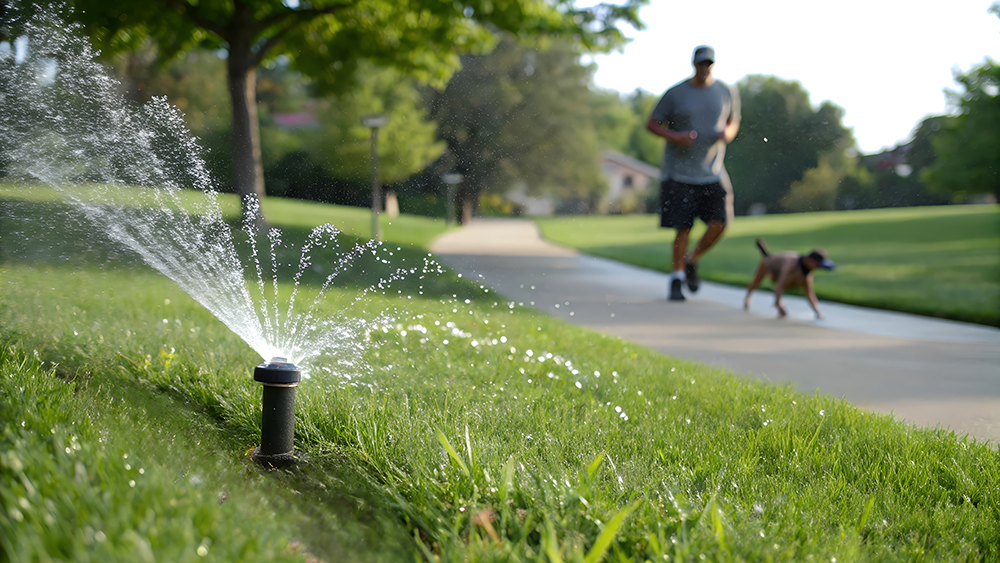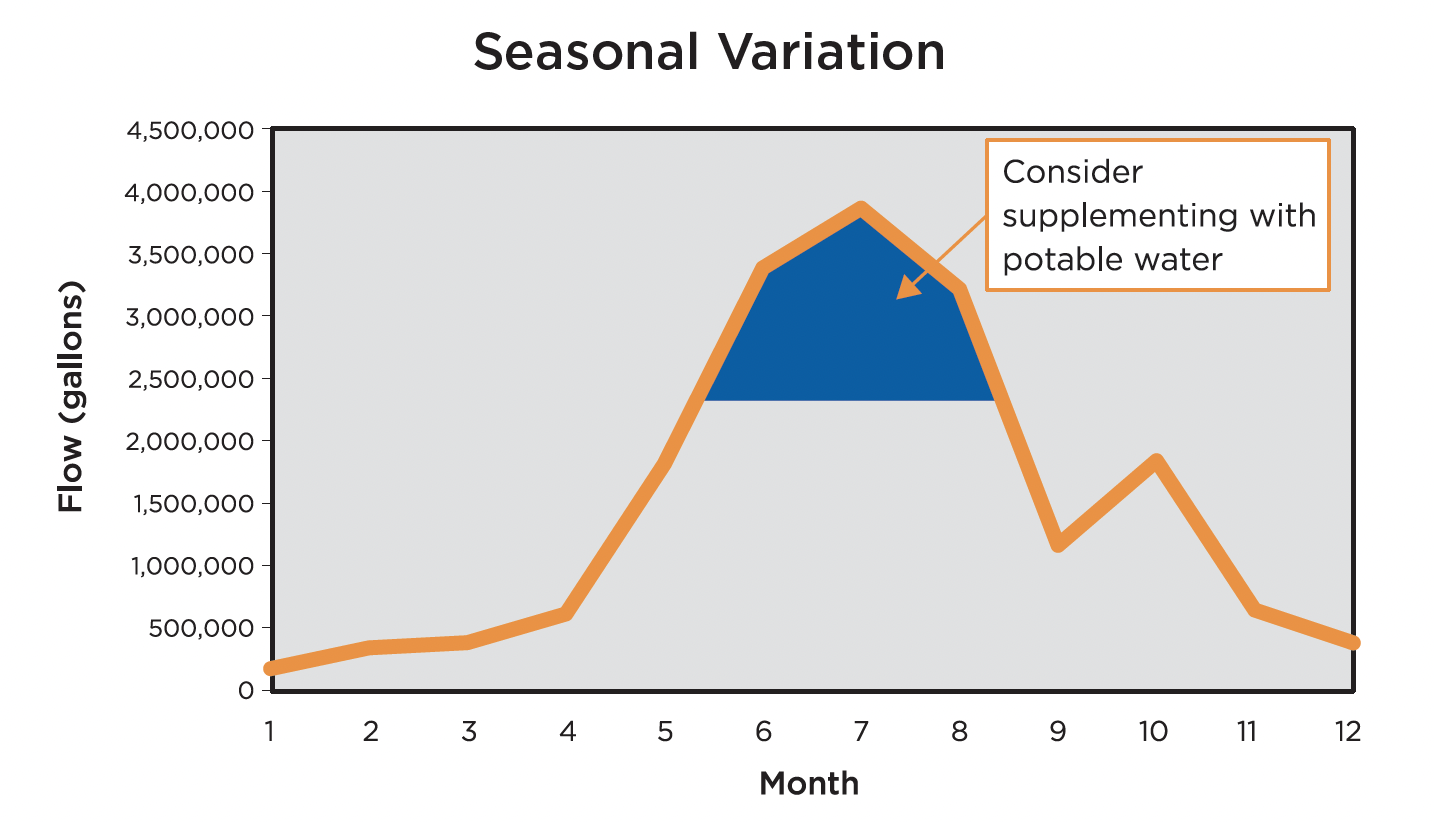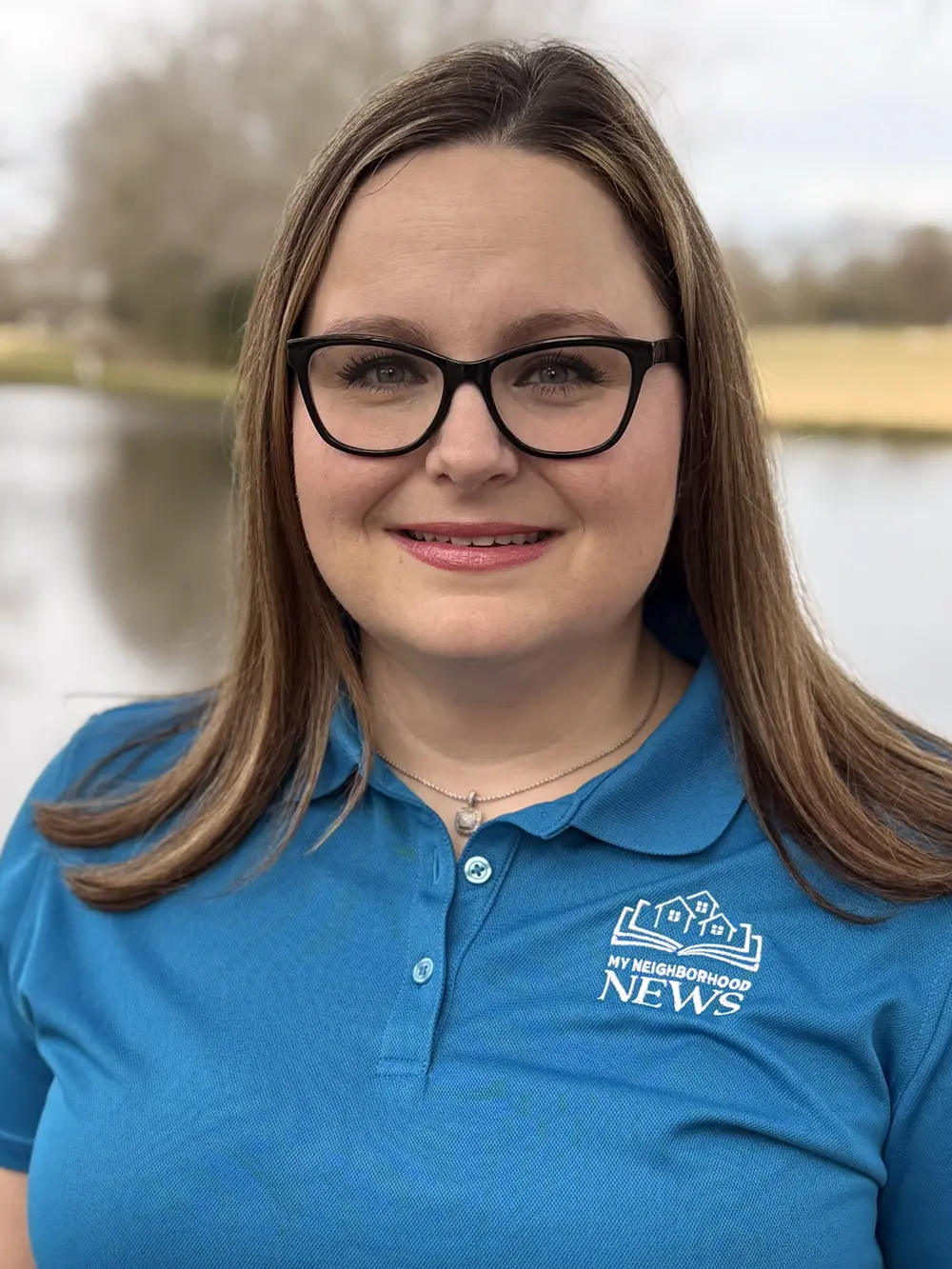
Why Reclaimed Water Matters in Falcon Ranch: How the North Fort Bend Water Authority Is Safeguarding Our Water Future
In neighborhoods like Falcon Ranch, water isn’t just a convenience—it’s essential to the look, feel, and function of community life. And while many residents might not realize it, a quiet water-saving solution is already at work beneath the surface: reclaimed water.
As the regional water authority for Falcon Ranch, the North Fort Bend Water Authority (NFBWA) plays a central role in managing, conserving, and planning the long-term water supply for the area. Since launching its Reclaimed Water Program in 2016, the NFBWA has reused over 6 billion gallons of non-potable water, enough to fill more than 9,000 Olympic-sized swimming pools. The initiative supports irrigation systems, green spaces, and amenity lakes—while helping communities like Falcon Ranch conserve freshwater and remain resilient during drought.
What Is Reclaimed Water?
Reclaimed water is treated wastewater that’s been processed to be safely reused for non-drinking purposes, such as landscaping, fountains, or artificial lakes. It’s not drinkable—but it’s safe, reliable, and highly regulated by agencies like the Texas Water Development Board.
Using reclaimed water protects limited freshwater sources, including the Gulf Coast Aquifer, which supplies much of our region’s water. As Texas faces a projected 70% population growth by 2070, conserving every gallon counts.
What It Means for Falcon Ranch
In communities like Falcon Ranch, reclaimed water can be used to:
- Irrigate common areas, medians, and parks,
- Fill man-made lakes or ponds,
- Water HOA-maintained landscaping and golf courses,
- Supplement water during dry seasons when conservation matters most.
This shift benefits homeowners in multiple ways. It helps keep neighborhood amenities lush even during drought conditions, lowers strain on potable water systems, and may even contribute to lower utility rates for local water providers who participate in NFBWA’s rebate program.
Mobile Sidebar Ad
Planning for Reuse: What Most People Don’t See
According to engineers Lindsay Kovar, PE, and Julia Frankovich, PE, of BGE, Inc., the success of reclaimed water systems depends on complex behind-the-scenes planning—and it’s not always included when a new community is first developed.
“The biggest challenge with any reuse system is that it is not a part of a development’s initial planning,” they explain, noting that integrating wastewater, irrigation, and water systems can be difficult once construction is underway.
Every reuse system must consider the circular flow between the source (typically a wastewater treatment plant) and the end user (like a lake, park, or irrigation zone). The seasonal demand for water—especially for irrigation—rarely matches the wastewater flow from households and businesses. This requires on-site or off-site storage, like ground storage tanks or retention lakes, to help bridge the gap.
The chart below shows how irrigation schedules peak during the summer, while wastewater output remains steady year-round—a mismatch that calls for smart engineering and design.
 (Source: Lindsay Kovar, PE, and Julia Frankovich, PE, of BGE, Inc.)
(Source: Lindsay Kovar, PE, and Julia Frankovich, PE, of BGE, Inc.)What Reclaimed Water Means for HOA Neighborhoods
If you live in a master-planned or HOA-managed neighborhood in Falcon Ranch, chances are that reclaimed water already supports—or could soon support—parts of your community like:
- Neighborhood entrances and landscaping
- Greenbelts and open spaces
- Irrigation systems for parks and playgrounds
- Amenity lakes or fountains
But for reclaimed water to work efficiently, it takes more than just turning on a sprinkler. According to engineers at BGE, Inc., careful planning must happen behind the scenes, and there are important questions that HOA boards, property managers, and developers should be asking:
- Are our irrigation plans up to date? This affects how much reclaimed water your neighborhood can use—and how efficiently it's applied.
- Where will reclaimed water come from and how will it be stored? It may require tanks or lakes on-site to ensure supply matches peak summertime demand.
- Will there be visible changes like purple irrigation pipes or signage? These elements are required to clearly distinguish reclaimed water systems from drinking water.
- Will the system be metered or filtered before use? This can impact budgeting, maintenance, and long-term planning.
- How will homeowners be notified and reassured? Seeing “Non-Potable Water—Do Not Drink” signs for the first time can be alarming unless the community is informed in advance.
These questions aren’t just for engineers—they’re essential for transparency with homeowners, ensuring that reclaimed water systems are safe, effective, and aligned with the aesthetic and financial priorities of your neighborhood.
Mobile Sidebar Ad
Smart Water Use for a Growing Community
By investing in reclaimed water, NFBWA and local stakeholders are future-proofing water availability for neighborhoods like Falcon Ranch. These systems are:
- Drought-resistant and reliable during dry months,
- Environmentally sustainable, reducing overuse of freshwater sources,
- And cost-effective in the long term, thanks to financial incentives and reduced potable water use.
Even if residents don’t see reclaimed water at work, they benefit from it every day—in the green medians, community lakes, and landscaped walkways that define their neighborhood.
As North Fort Bend communities continue to grow, reclaimed water offers a thoughtful solution to a pressing challenge: how to meet the demands of a booming population without sacrificing the resources that make our neighborhoods thrive.
Stay with My Neighborhood News for ongoing updates on water conservation and infrastructure across Falcon Ranch and Fort Bend County.
 Tiffany Krenek has been on the My Neighborhood News team since August 2021. She is passionate about curating and sharing content that enriches the lives of our readers in a personal, meaningful way. A loving mother and wife, Tiffany and her family live in the West Houston/Cypress region.
Tiffany Krenek has been on the My Neighborhood News team since August 2021. She is passionate about curating and sharing content that enriches the lives of our readers in a personal, meaningful way. A loving mother and wife, Tiffany and her family live in the West Houston/Cypress region.








